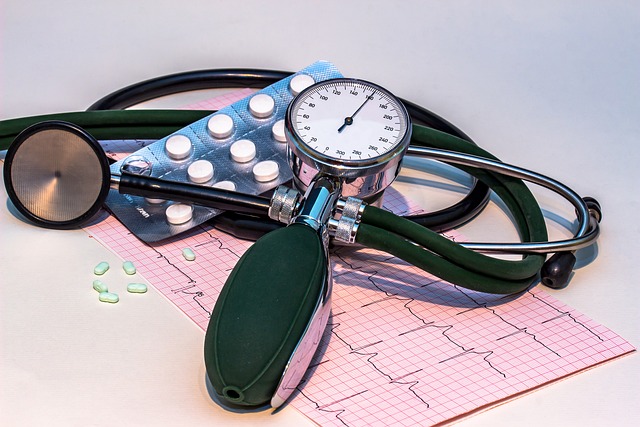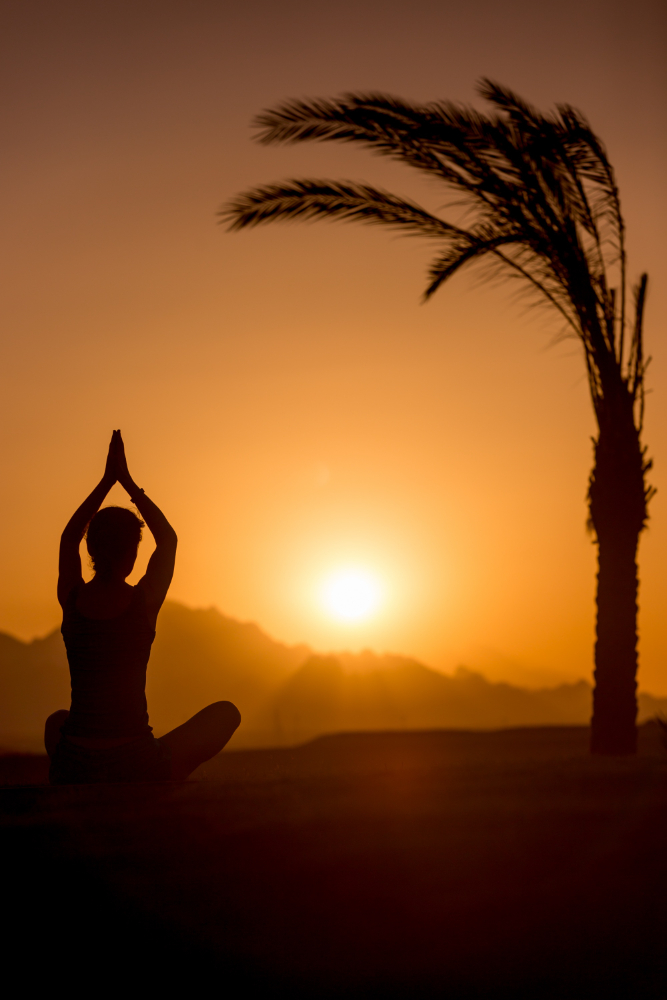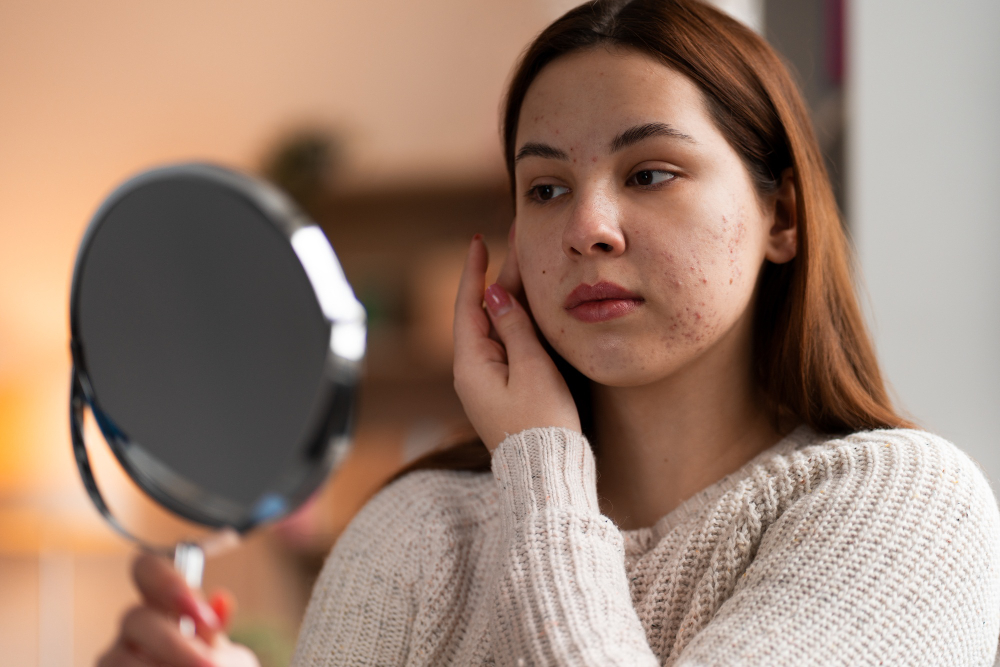You’ve tried the face washes. You’ve dotted on the spot treatments. You’ve shelled out for serums that promised glowing skin—and still, the breakouts show up. Especially around your jawline. Especially before your period. Sound familiar? You’re not doing anything wrong. This isn’t just “bad skin.” This is hormonal acne.
And no, it’s not just a teenage problem. Plenty of people in their 20s, 30s, and 40s are still dealing with it because the real issue isn’t what you’re putting on your skin.
What is Hormonal Acne?
This isn’t just the occasional pimple. Hormonal acne is deeper. More stubborn. More predictable. It tends to show up in the same places (jaw, chin, lower cheeks), at the same times (usually before your period), and it doesn’t always respond to your go-to cleansers or creams.
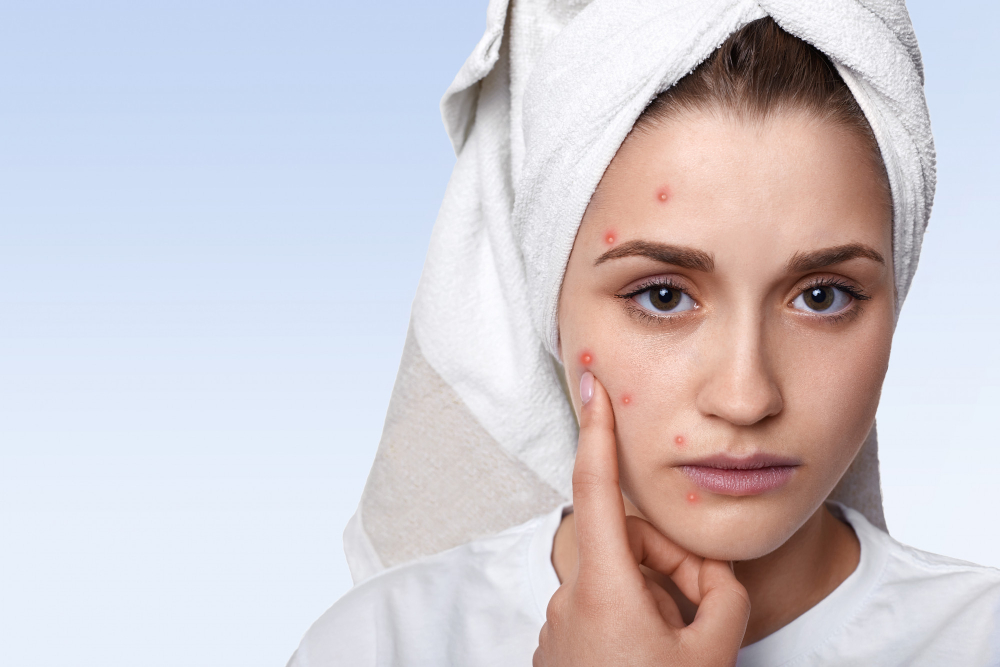
The root cause? Hormones. When estrogen dips and androgens rise, your skin cranks out more oil. Pores get clogged. Inflammation kicks in—and boom—breakout.
What’s Really Causing It
1. Hormone Swings
Fluctuations in estrogen, progesterone, and testosterone throw off your skin’s balance. More oil. More breakouts.
2. Your Period
Most hormonal acne flares up 7–10 days before your period when estrogen levels drop and testosterone takes the lead.
3. PCOS
Polycystic ovary syndrome causes high androgen levels, which can mean persistent acne, irregular cycles, and other symptoms. If you suspect this, it’s worth seeing a specialist.
4. Stress
Cortisol, your body’s stress hormone, indirectly boosts oil production. Chronic stress = more breakouts.
5. Diet
High sugar, dairy, and processed carbs can trigger inflammation and disrupt hormone balance—especially if your body’s already sensitive to them.
How to Tell If It’s Hormonal Acne
Here’s what separates hormonal acne from random breakouts:
- Where it shows up: Jawline, chin, lower cheeks
- How it looks: Deep, painful cysts or nodules—not just surface-level zits
- When it happens: Like clockwork, often tied to your cycle
- How it reacts: Resistant to most drugstore acne treatments
Who Gets It?
Anyone can develop hormonal acne, but these groups are more likely:
- Women in their 20s–40s
- People with PCOS or irregular periods
- Those under chronic stress
- Even men—especially if they’re using testosterone supplements
What Works (and What to Consider)?
You can’t scrub hormonal acne away. You need a multi-layered approach—one that tackles skin from the outside and the inside.
Topical Options (Good, but Not Always Enough)
- Retinoids (like tretinoin): Boost skin turnover, prevent clogged pores
- Salicylic Acid: Deep-cleans pores
- Benzoyl Peroxide: Kills acne-causing bacteria
These help manage symptoms, but they won’t fix the root if your hormones are out of sync.
Hormonal Therapies (If You’re a Good Fit)
- Birth Control Pills: Can balance hormones and calm breakouts, especially if timed with your cycle
- Spironolactone: Blocks androgens, reduces oil—commonly used off-label for acne
- Isotretinoin (Accutane): For severe, cystic cases; powerful but comes with strict medical supervision
Natural & Holistic Tools (Support, Not Magic)
- Spearmint Tea: May lower androgens
- Omega‑3s: Anti-inflammatory
- Zinc: Helps regulate oil production
- Ashwagandha or other adaptogens: Can help buffer stress
Always check with a doctor or naturopath before starting supplements.
Diet & Lifestyle Tweaks That Actually Help
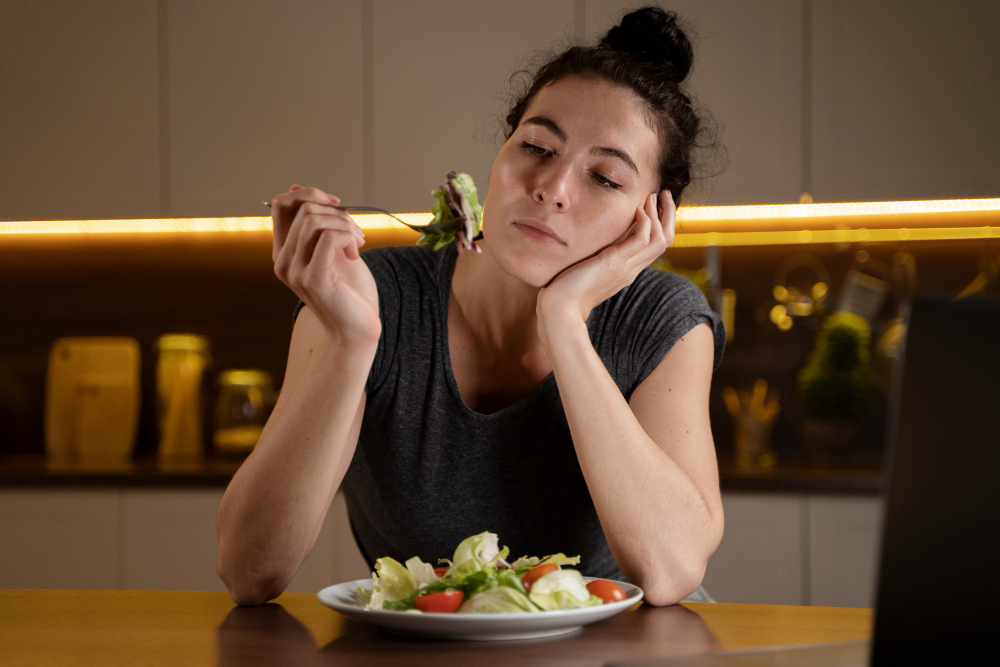
You don’t need to obsess over every meal, but some simple shifts can reduce inflammation and support your body’s hormone balance:
- Cut back on sugar, dairy, and refined carbs
- Add leafy greens, fiber, and healthy fats
- Drink more water (and green tea), skip the soda
- Prioritize sleep and stress relief
- Move your body regularly—even gentle walks help
How to Build a Skincare Routine That Works With (Not Against) Your Hormones
Morning:
- Gentle cleanser (no scrubs)
- Niacinamide or vitamin C serum
- Lightweight, oil-free moisturizer
- Broad-spectrum SPF 30+
Evening:
- Double cleanse (especially if you wear makeup/SPF)
- Exfoliating serum (2–3x/week max)
- Retinoid or other acne treatment
- Soothing moisturizer
Key rule: Don’t overdo it. Over-cleansing dries your skin and can make things worse.
Habits That Make a Difference
- Change your pillowcases every few days
- Clean makeup brushes weekly
- Don’t touch your face throughout the day
- Track your cycle and acne flare-ups
- Choose non-comedogenic products (skincare and makeup)
Putting It All Together: A Real Plan
Hormonal acne takes time. It’s not about finding a miracle product. It’s about knowing what your body is doing and working with it—not against it.
Here’s a quick blueprint:
- Track your patterns (breakouts, cycle, food, stress)
- Talk to a doctor (especially if you suspect PCOS or hormonal imbalance)
- Simplify your skincare (and be consistent)
- Look into medical treatments (if breakouts are severe or stubborn)
- Don’t sleep on stress and sleep—they matter more than you think
- Stay flexible—your skin will evolve, and so should your plan
Daily Routine for Hormonal Acne-Prone Skin
Please stick to a routine that helps calm inflammation, clear pores, and maintain your skin barrier. A simple, consistent routine is key.
Morning:
- Gentle cleanser
- Niacinamide or Vitamin C serum
- Oil-free moisturizer
- Broad-spectrum SPF 30+
Night:
- Double cleanse (if wearing makeup or sunscreen)
- Targeted treatment (prescription or over-the-counter)
- Hydrating, non-comedogenic moisturizer
Please avoid over-cleansing or scrubbing your face too harshly—this can worsen acne and damage your skin barrier.
How to Actually Prevent Hormonal Acne Flare-Ups?
You can’t always control what your hormones are doing—but you can give your skin a better shot at staying clear. These simple habits may not feel like a big deal, but over time, they can make a real difference:
- Sleep matters. Try to get 7 to 9 hours a night. Your skin heals while you rest.
- Keep your stress in check. Daily pressure builds up fast. Move your body, step outside, breathe—whatever helps you feel grounded.
- Clean your makeup brushes. Once a week is ideal. They collect oil, bacteria, and leftover product—all things your skin doesn’t need.
- Hands off your face. It’s a hard habit to break, but touching spreads dirt and oil that can clog pores.
- Know your cycle. If you tend to break out before your period, note it down. That pattern can help you get ahead of flare-ups.
- Choose the right products. Look for “non-comedogenic” on skincare and makeup. That means it won’t block your pores.
When It’s Time to See a Doctor?
If your acne is painful, deep, or leaving marks behind, don’t keep guessing. A dermatologist can figure out if your hormones are part of the problem and help you treat it the right way.
If you’re also noticing irregular periods, sudden weight gain, or extra facial hair, it might be time to check in with an endocrinologist. Skin issues are often tied to what’s going on inside your body.
Conclusion
Hormonal acne is frustrating. It’s not just about clogged pores—it’s your body’s way of saying something’s off. But it’s not something you just have to live with.
Get some sleep. Cut back on stress. Be kind to your skin. And if it’s not getting better, talk to someone who knows what to look for. The earlier you figure it out, the easier it is to fix. Your skin can heal. It just needs the right support—and maybe a little patience.
FAQs
Q1. What’s the best way to treat it?
It depends. Some people respond well to birth control pills, others to spironolactone or retinoids. The best approach is the one that fits your body and history—talk to your doctor.
Q2. Will it go away on its own?
Maybe. But if it’s tied to something ongoing like PCOS or constant stress, you’ll probably need to address the root cause first.
Q3. Is it different from regular acne?
Yes. Hormonal acne tends to be deeper, more painful, and usually shows up on your chin, jawline, or lower cheeks. It often follows a monthly pattern.
Q4. Can men get hormonal acne?
They can. It’s less common in adult men, but it happens—especially with hormonal shifts like puberty or testosterone use.
Q5. How long until treatments start working?
Most hormonal acne treatments take a few months—usually 3 to 6—to show full results. It’s not instant, but it’s worth sticking with.

